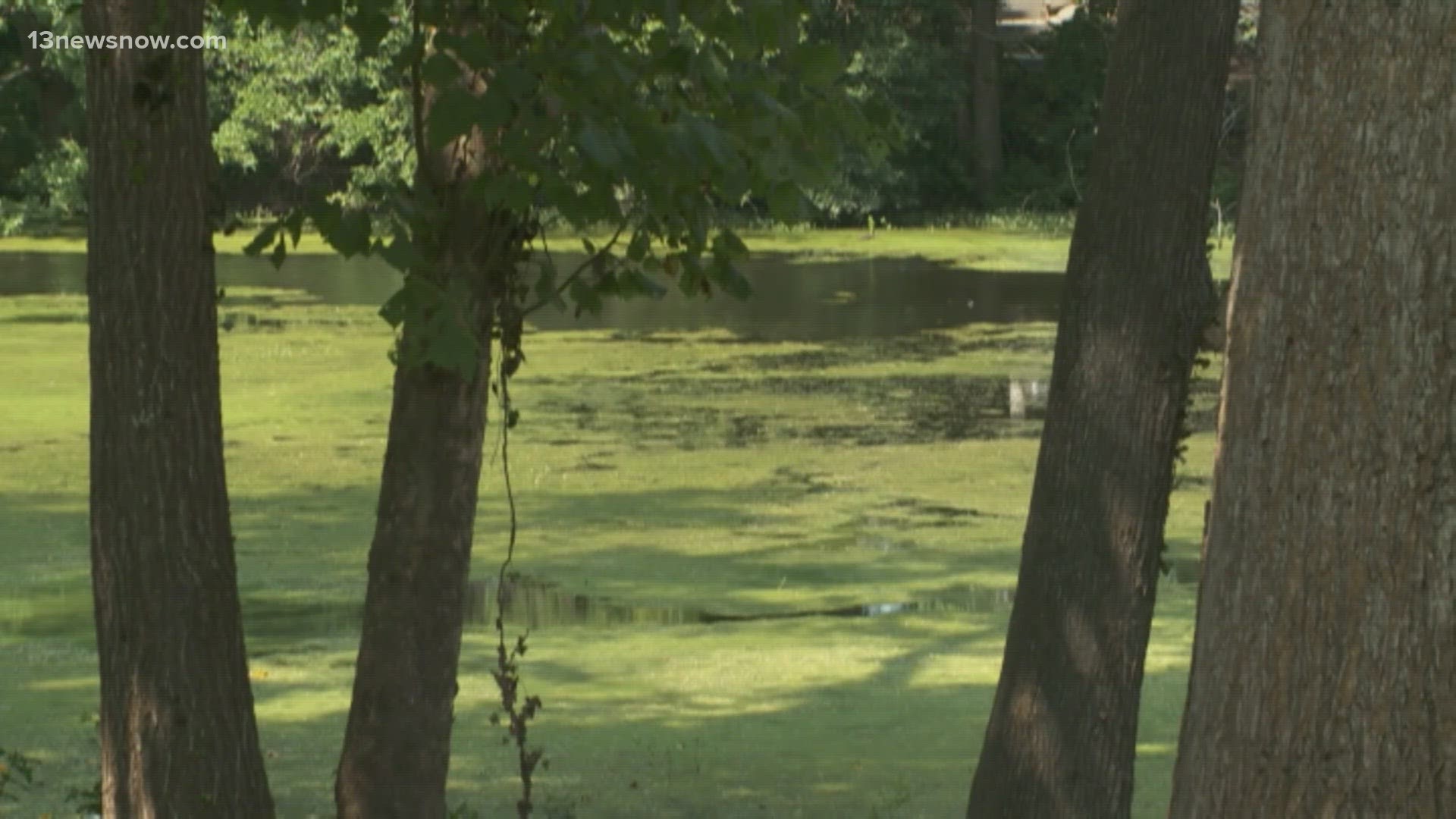NORFOLK, Va. — If you've spent any amount of time swimming in oceans, lakes or rivers during the summer, you might remember seeing slimy algae on the water's surface.
Swimmers are warned to steer clear of the algae, because the plant-like substance can be harmful, even deadly, to humans and pets.
In 2020, the Centers for Disease Control and Prevention reported 95 human illnesses and the first human death attributed to the blooms. More than 1,100 animal illnesses were reported, too.
The algal blooms are bacteria that have inhabited our lakes, rivers and oceans for billions of years.
Tracking the bacteria and identifying where it is throughout the region is a surprisingly costly and often time-consuming process.
However, thanks to researchers at Old Dominion University and a $3 million grant, there will soon be a better way to keep up with the slime.
The National Oceanic and Atmospheric Administration (NOAA) is funding ODU's new research into blooms in the Chesapeake Bay.
Currently, researchers use satellites to identify clusters of algae in our waterways. However, figuring out which ones are toxic typically requires a microscope.
With NOAA's new funding, local researchers will be able to deploy dozens of imaging devices that can upload water sample readings to a digital database. These readings analyze living organisms within samples that can tell us if harmful bacteria is present.
The database is important — it allows researchers to track patterns and locations of the blooms. Using the patterns and locations, researchers can send real-time alerts to the community, detailing where we shouldn’t swim or fish at any given time.

